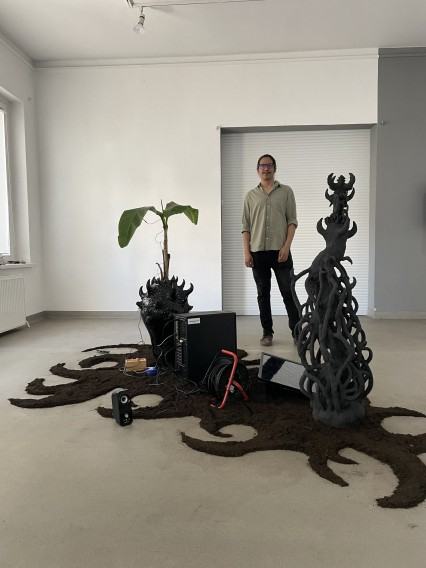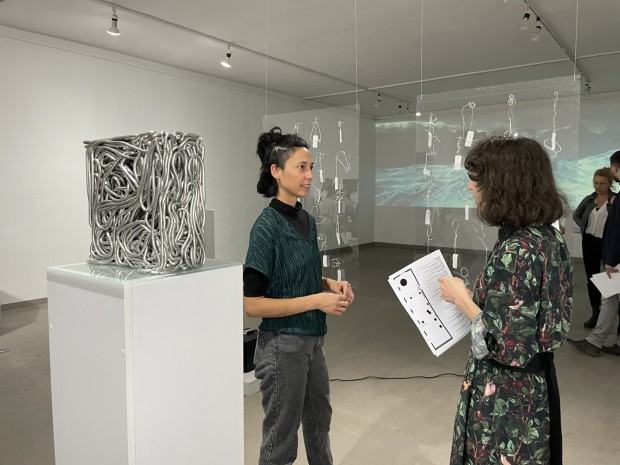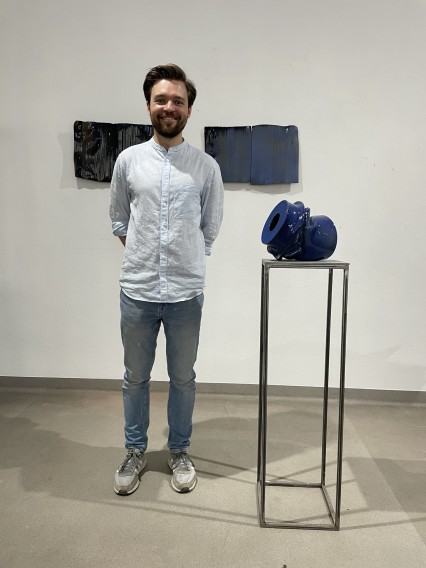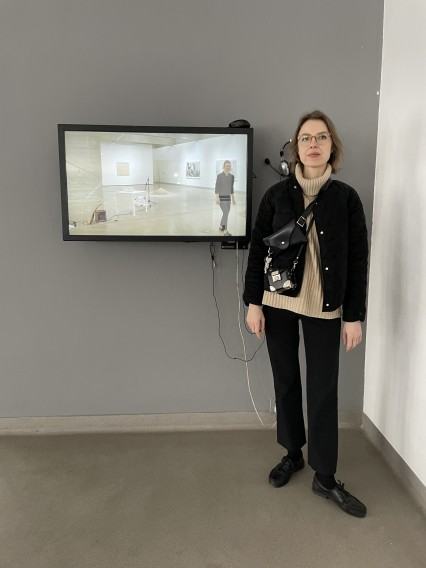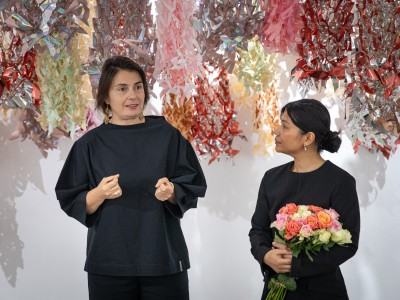A World That Is No Longer There
The significant changes that have dominated the social sphere over the past three years have influenced today's reality on a global scale. A historic gap provoked by global events that emerged in a hectic and chaotic manner at the beginning of the second decade of the century has changed the realm of everyday life into a precarious simulation, scaling up to the point that the previous world is already hard to recall. Something that was once familiar and usual has mutated into its unfamiliar echo, way more sinister and uncanny.
This exhibition presents artworks by Ph.D. candidates of the Doctoral School of ASP Eugeniusz Academy of Arts and Design. Most of the works shown were produced between 2020-2023, a particular period of time that was marked by a global state of exception. What could have taken decades to implement and accept by society became a reality within only a few years. The research and practice of the artists participating in the exhibition ran parallel to those precedential times. Their works can be seen as testimonies of this new reality marked by uncertainty and chaos.
The attempt to adapt to the new circumstances involves employing a memorized social framework, which, however, sometimes needs to be revised. Some of the artists are provoking reality based on that framework incompatibility. Activities such as using the camera as a pandemic journal in unfamiliar reality (Quarantine, Miruna Gheordunescu) or trying to explain a precarious art residency in the digital age (I'll call you when I get there, Małgorzata Goliszewska) can be seen as exercises of deciphering the surface of our realm. On the other hand, some artists treat this new reality investigation as a space of speculation by creating new hybrid landscapes inhabited by our digital and physical corporealities (Ashen Lands, Ali Alperen Şahin). Others attempt this challange driven by a need for reconnection with the land and the more-than-human by creating site interventions (Karolina Sara Gardzilewicz), living archives (Aleksandra Pulińska), or interspecies collaborations (Pablo Ramírez González). Jasmin Schaitl allows us to read an additional layer of meaning at the intersection of memories and their actual representation, while Weronika Trojanska addressed the collective process of laughing, inquiring about the role of memory in the context of multiplicity and embodied storing.
Trying to grasp the reality on the go without falling into verdicts or concrete diagnoses, some of the artists attempt to embrace the change to reformulate or deconstruct stereotypes of feminity (Matylda Bruniecka) or masculinity (Fragile Masculinity, Grzegorz Bibro). Some of them create ways of collaboration between biomatter and technology (Fania Kolaiti) or map out and explore motifs connected with cognition (Laura Adel) and physics (Dawid Żynda).
Certain moments in history may exist as gaps, incommensurable glitches of time that are impossible to read afterward, nor while they are lasting. The black box theory in cybernetics, used to describe the nature of artificial intelligence systems like ChatGPT, recalls a similar experience. It is accompanied by a sense of unfamiliarity connected with the fact that the inputs and output are the only controllable, perceivable, and understandable parts of a system. The process itself remains a mystery.
Pablo Ramírez González Curator/ Artist
Curators: Pablo Ramirez Gonzalez, Marta Siemińska, Zofia Pałucha
Graphic design: Matylda Bruniecka
Artists: Jasmin Schaitl, Ali Alperen Sahin, Karolina Gardzilewicz, Laura Adel, Dawid Żynda, Miruna Gheordunescu, Weronika Trojańska, Pablo Ramirez Gonzalez, Jack Williams, Aleksandra, Pulińska, Grzegorz Bibro, Matylda Bruniecka, Fania Koaliti



